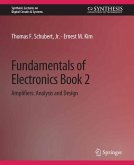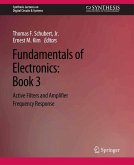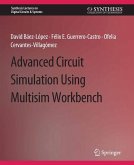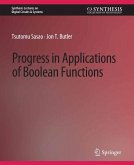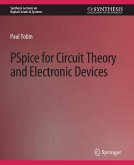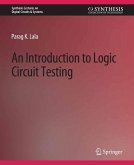This book, Electronic Devices and Circuit Application, is the first of four books of a larger work, Fundamentals of Electronics. It is comprised of four chapters describing the basic operation of each of the four fundamental building blocks of modern electronics: operational amplifiers, semiconductor diodes, bipolar junction transistors, and field effect transistors. Attention is focused on the reader obtaining a clear understanding of each of the devices when it is operated in equilibrium. Ideas fundamental to the study of electronic circuits are also developed in the book at a basic level to lessen the possibility of misunderstandings at a higher level. The difference between linear and non-linear operation is explored through the use of a variety of circuit examples including amplifiers constructed with operational amplifiers as the fundamental component and elementary digital logic gates constructed with various transistor types. Fundamentals of Electronics has been designed primarily for use in an upper division course in electronics for electrical engineering students. Typically such a course spans a full academic years consisting of two semesters or three quarters. As such, Electronic Devices and Circuit Applications, and the following two books, Amplifiers: Analysis and Design and Active Filters and Amplifier Frequency Response, form an appropriate body of material for such a course. Secondary applications include the use in a one-semester electronics course for engineers or as a reference for practicing engineers.
Dieser Download kann aus rechtlichen Gründen nur mit Rechnungsadresse in A, B, BG, CY, CZ, D, DK, EW, E, FIN, F, GR, HR, H, IRL, I, LT, L, LR, M, NL, PL, P, R, S, SLO, SK ausgeliefert werden.




